Main ingredients Egg yolks | Course Dessert | |
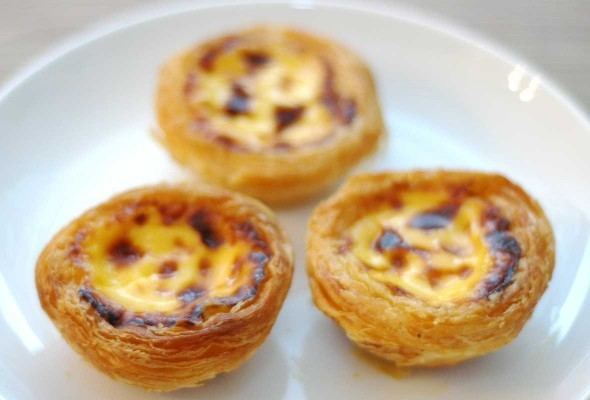 | ||
Similar | ||
Pastel de nata recipe portuguese egg tart
Pastel de nata ([pɐʃˈtɛɫ dɨ ˈnatɐ]; plural: pastéis de nata), is a Portuguese egg tart pastry, common in Portugal, the Lusosphere countries and regions (which include Brazil, Angola, Mozambique, Cape Verde, São Tomé and Príncipe, Guinea-Bissau, Timor-Leste, Goa, Malacca and Macau), and countries with significant Portuguese immigrant populations, such as Canada, Australia, Luxembourg, the United States, and France, among others.
Contents
- Pastel de nata recipe portuguese egg tart
- How to make portuguese pastries pastel de nata 11 feb 2016
- History
- Characteristics
- Foreign acknowledgement and propagation
- References
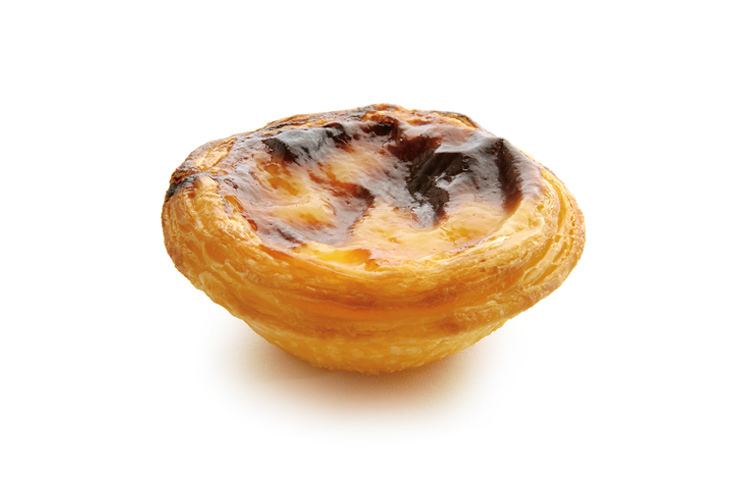
How to make portuguese pastries pastel de nata 11 feb 2016
History
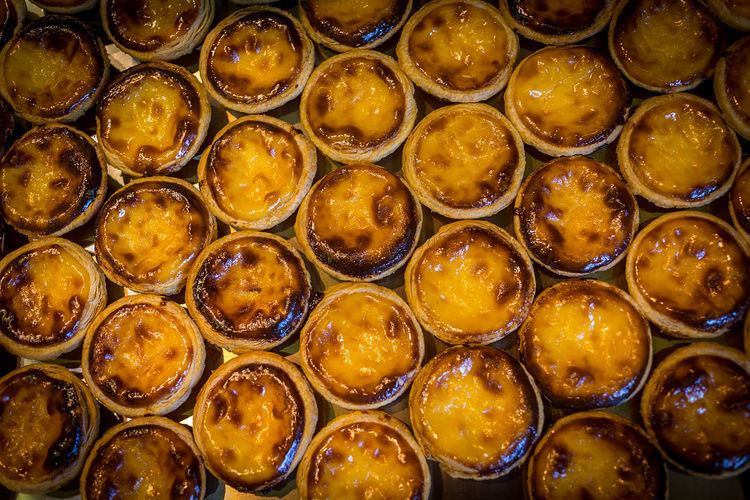
Pastéis de nata were created before the 18th century by Catholic monks at the Jerónimos Monastery (Portuguese: Mosteiro dos Jerónimos) in the civil parish of Santa Maria de Belém, in Lisbon. These monks were originally based in France where these pastries could be found in local bakeries. At the time, convents and monasteries used large quantities of egg-whites for starching clothes, such as nuns' habits. It was quite common for monasteries and convents to use the leftover egg yolks to make cakes and pastries, resulting in the proliferation of sweet pastry recipes throughout the country.
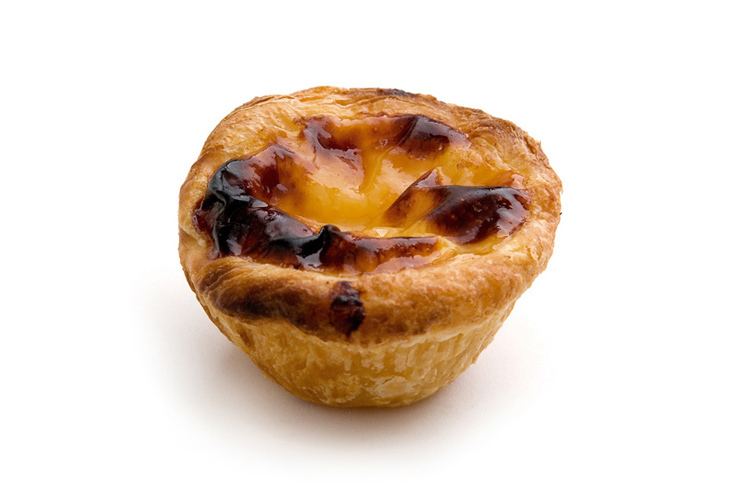
Following the extinction of the religious orders and in the face of the impending closure of many of the convents and monasteries in the aftermath of the Liberal Revolution of 1820, the monks started selling pastéis de nata at a nearby sugar refinery to bring in some revenue. In 1834 the monastery was closed and the recipe was sold to the sugar refinery, whose owners in 1837 opened the Fábrica de Pastéis de Belém. The descendants own the business to this day.
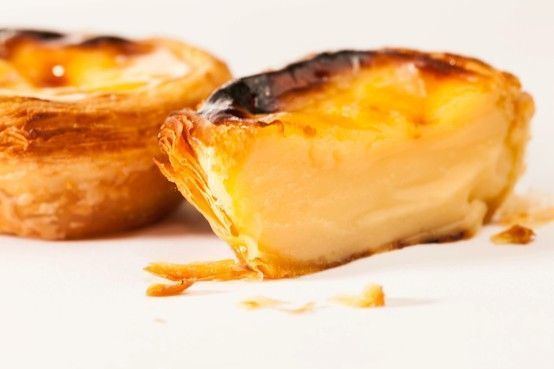
Since 1837, locals and visitors to Lisbon have visited the bakery to purchase pastéis fresh from the oven, sprinkled with cinnamon and powdered sugar. Their popularity normally results in long lines at the take-away counters, in addition to waiting lines for sit-down service.
Characteristics
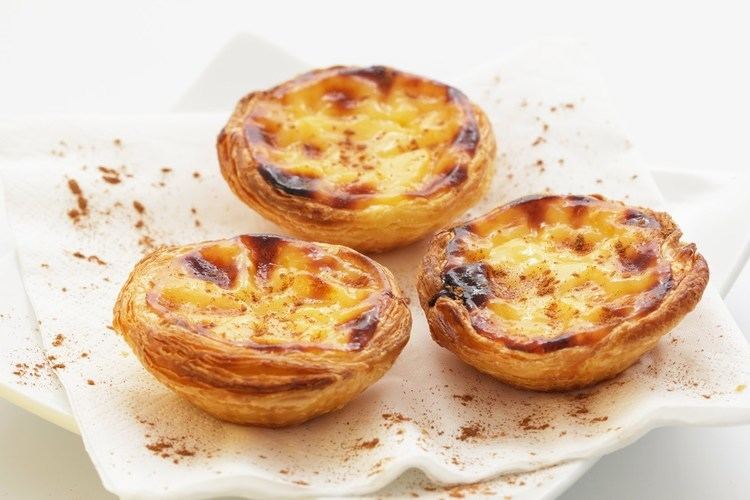
The simple recipe has had various alterations in the Portuguese pastelarias (pastry shops) and padarias (bakeries), in the shape of the pastry cup and the filling. Some prefer the cream slightly "curdled" to give it a rustic appearance and unusual texture.
In the Azores, the pastries are referred to as queijadas de nata, rather than the title pastéis de nata used in mainland Portugal; in northern Portugal the abbreviated form nata is used in all but the most technical contexts.
